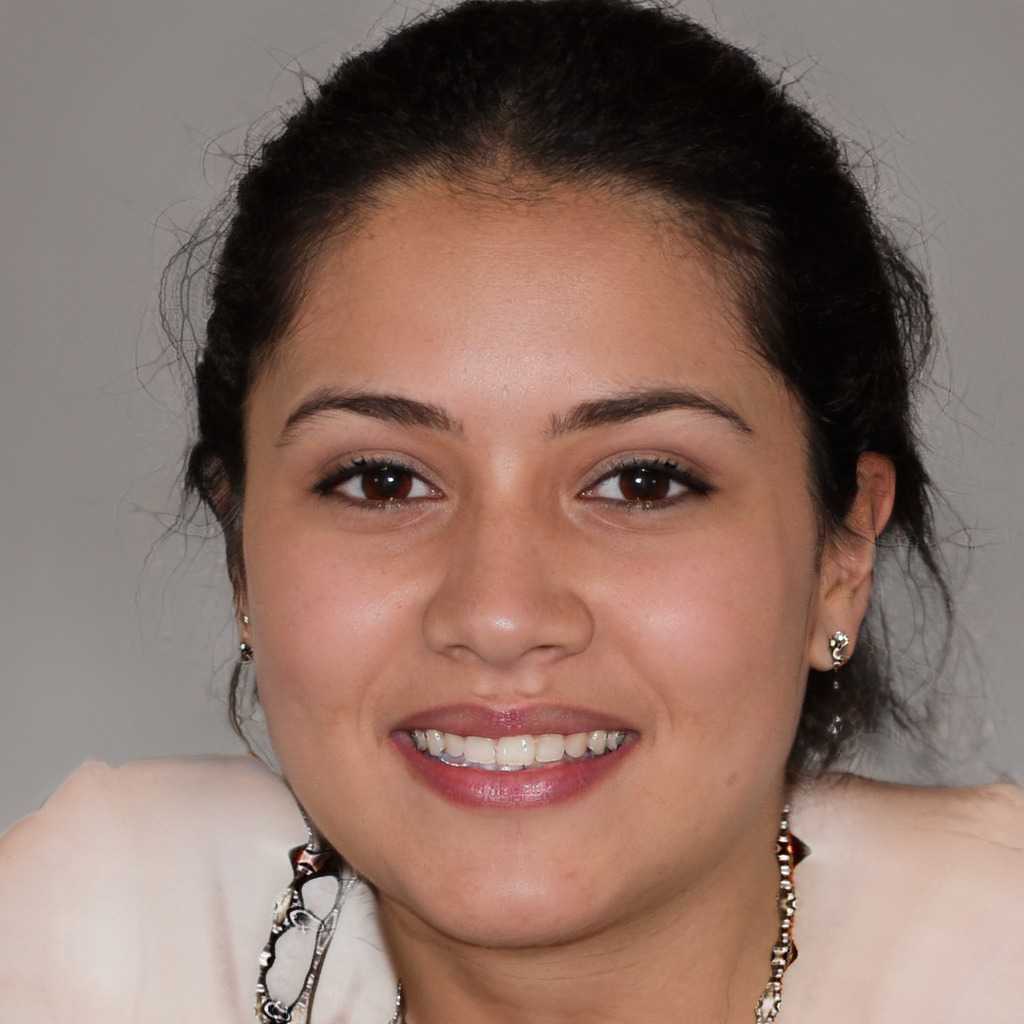When it comes to making informed betting decisions, understanding implied probability can be a game changer. It’s not just about picking winners; it’s about grasping the odds and what they reveal about potential outcomes.
By learning how to translate betting odds into implied probabilities, I can enhance my picks and make smarter wagers. Implied probability gives me a clearer picture of how likely an event is to happen, allowing me to assess whether the odds offer value.
This insight can help me identify opportunities that others might overlook. In this article, I’ll dive deeper into the concept of implied probability and share tips on how to leverage it for sharper, more strategic betting choices.
Understanding Implied Probability
Implied probability translates betting odds into the likelihood of specific outcomes. It’s crucial for making informed betting decisions and enhancing the accuracy of my picks.
Definition and Importance
Implied probability reflects the odds set by bookmakers, representing the perceived chances of an event occurring. For example, decimal odds of 2.00 indicate a 50% implied probability, while fractional odds of 1/1 convey the same likelihood.
Recognizing this probability helps identify undervalued or overvalued bets. By understanding implied probability, I can differentiate between what the bookies predict and what I believe to be true, enabling me to exploit potential betting opportunities.
How It Works in Betting Markets
In betting markets, implied probability connects directly to the odds offered. Bookmakers use various factors, such as team performance, player statistics, and market trends, to set these odds. For instance, if a team has +200 odds to win, the formula for converting these odds to implied probability is:
[
text{Implied Probability} = frac{1}{text{Decimal Odds}} times 100
]
This calculation reveals the bookmaker’s perception of the event’s outcome. Understanding these calculations helps me analyze market movements and adjust my strategies, especially when odds shift due to public sentiment or insider information. By leveraging this knowledge, I can make more strategic and informed betting choices.
Calculating Implied Probability
Understanding how to calculate implied probability enhances my ability to make informed betting decisions. This process involves transforming betting odds into a percentage that reflects the likelihood of an outcome occurring.
Simple Formula
I use the following formula to calculate implied probability:
[ text{Implied Probability} = frac{1}{text{Odds}} ]
This formula applies to decimal odds. For example, if the odds are 3.00, the implied probability becomes:
[ text{Implied Probability} = frac{1}{3.00} = 0.3333 text{ or } 33.33% ]
This percentage indicates the bookmaker’s assessment of the event’s likelihood.
Utilizing Implied Probability
Understanding implied probability enhances my betting strategies and decision-making. By applying this knowledge effectively, I can identify profitable opportunities that others might overlook.
- Comparing Implied vs. Actual Probability: Comparing implied probability with actual probability is crucial for informed betting. Implied probability, derived from betting odds, reflects a bookmaker’s perception of an event’s likelihood. For example, odds of 2.00 translate to a 50% implied probability.
- Identifying Value Bets: Identifying value bets hinges on the difference between implied and actual probabilities. A value bet occurs when I believe the actual probability of an outcome is higher than what the bookmaker implies.
Practical Examples
Understanding implied probability becomes clearer through practical examples in sports betting. These cases illustrate how to apply concepts effectively to enhance betting strategies.
Sports Betting Case Study
In a recent soccer match, Team A faces Team B, with bookmakers offering decimal odds of 2.50 for Team A to win. To calculate the implied probability, I use the formula:
[ text{Implied Probability} = frac{1}{text{Odds}} times 100 ]
So, the calculation is:
[ text{Implied Probability} = frac{1}{2.50} times 100 = 40% ]
This indicates that the bookmaker believes Team A has a 40% chance of winning. If my analysis, considering factors like recent form and head-to-head results, suggests Team A has a 50% chance of winning, I see an opportunity. The 10% discrepancy represents potential value. Betting on Team A becomes a strategic choice.
Real-World Application in Decision Making
In decision-making, comparing implied probability and actual probability guides my betting approach. For instance, if I assess a basketball game where the odds imply a 30% chance of a player scoring 20 points, but my research shows a likelihood of 45%, I identify a favorable bet.
Using this analysis allows me to evaluate multiple games and find discrepancies that others might overlook. It sharpens my ability to make informed choices while betting. By continually applying these techniques, I focus on uncovering value bets, which enhances my long-term success in sports betting.
 Rose Melvinosic infused Wager Legend Zone with creativity, community, and brand identity. With a background in marketing and storytelling, she crafted the platform’s voice and outreach strategy, connecting the betting community through compelling narratives and legendary wager features. Her focus on user engagement and visual branding helped shape the site into a recognizable and relatable destination for bettors seeking more than just numbers—a space where passion and precision meet.
Rose Melvinosic infused Wager Legend Zone with creativity, community, and brand identity. With a background in marketing and storytelling, she crafted the platform’s voice and outreach strategy, connecting the betting community through compelling narratives and legendary wager features. Her focus on user engagement and visual branding helped shape the site into a recognizable and relatable destination for bettors seeking more than just numbers—a space where passion and precision meet.